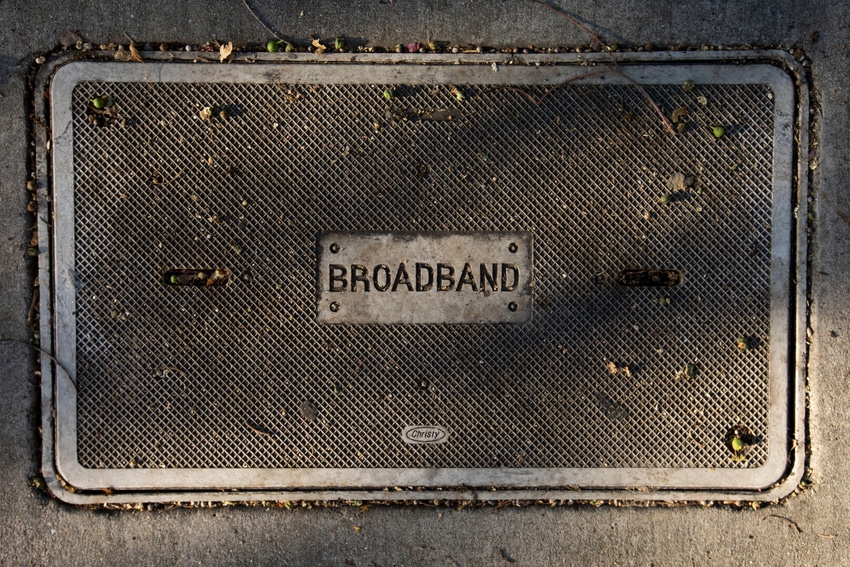
There's a new broadband construction and engineering company in town. Except, it's the same one, just with more "agility" – a quality its leadership believes will be crucial as deployment needs ramp up, spurred by the multi-billion-dollar Broadband Equity Access and Deployment (BEAD) program.
That new company, Mears Broadband, LLC, will now operate as a subsidiary of the contracting services company Quanta Services. Previously, Mears' broadband division, launched in 2019, was part of Quanta's Mears Group Inc., which houses operating units for different lines of construction.
"It's not a big deal within Mears and Quanta what we're doing, but it's a giant deal within the industry," said Mears Broadband President Trent Edwards in a conversation with Light Reading about the news. Edwards was "employee one" of Mears Group's broadband division.
The reason it's a "giant deal," he says, is because operating as a standalone company will allow Mears Broadband to work faster than it could within Mears Group. "When you're in a group of companies, the decisions I make impact that group of companies," said Edwards. "This allows us to address the customer concerns faster."
According to stats provided by Mears, construction costs account for an average of 70%-80% of fiber deployments. As BEAD dollars begin rolling out over the next year, Edwards believes Mears Broadband's existing reputation with industry partners and new setup positions it well to ensure "these proposals are done efficiently and successfully," he said.
'The Great Build'
Spinning out as a standalone entity is one step in solving the construction challenges posed by BEAD. Mears Broadband is further focused on recruiting and hiring, and Edwards notes not to believe anyone saying otherwise.
"If any companies tell you they have people, they're either lying or they're not good," he said. "It's a concern for all of us."
The problem is becoming more acute as more contractors retire and fewer young people express interest in the field. As Deborah Kish, VP of research and workforce development at the Fiber Broadband Association (FBA), told Light Reading last year, the industry is anticipating a "mass exodus" of workers who are approaching retirement age. FBA estimates that 205,000 fiber optic technicians will be needed across the US over the next five years.
But as a standalone entity still under the Quanta umbrella, Edwards said Mears has access to resources to help with the hiring challenge, including a training facility in LaGrange, Texas, where they host "live environment trainings." Quanta also bought Northwest Lineman College (NLC) in 2018, and the company maintains recruiting relationships with military academies and universities.
"As an industry, we have to have the fortitude and the guts to start bringing on people, and hiring people proactively and training them. And we [Mears Broadband] have the balance sheet and the ability to do that," said Edwards.
Currently, Mears Broadband is hiring for a variety of positions across the country, including inspectors, fleet coordinators, utility locators, quality coordinators and project safety managers.
But with every state and territory about to get an influx of federal cash for broadband deployment, Edwards also stresses the need for all stakeholders to approach this period – what he calls "the Great Build" – differently. That includes cooperating with competitors, for example. And for those drawing up BEAD proposals, it means collaborating with contractors early in the process.
"You can't have feasibility studies in a vacuum. We have to understand what's constructible, what can really be built? How can we consolidate multiple markets together to make it efficient, especially in these rural areas?" said Edwards. "We need to really start rethinking that process, bringing contractors in that really understand what can be built, how it can be built, the correct way to be built to accelerate revenue, to accelerate your take-rate, and then engineer in a way that makes sense."
About the Author(s)
You May Also Like












